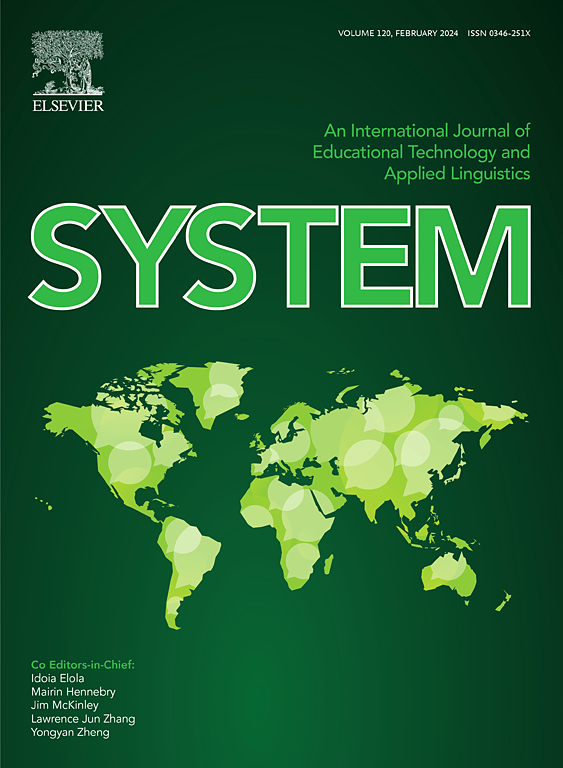Construction of the porcine genome mobile element variations and investigation of its role in population diversity and gene expression
IF 7
1区 农林科学
Q1 Agricultural and Biological Sciences
引用次数: 0
Abstract
Mobile element variants (MEVs) have a significant and complex impact on genomic diversity and phenotypic traits. However, the quantity, distribution, and relationship with gene expression and complex traits of MEVs in the pig genome remain poorly understood. We constructed the most comprehensive porcine MEV library based on high-depth whole genome sequencing (WGS) data from 747 pigs across 59 breeds worldwide. This database identified a total of 147,993 polymorphic MEVs, including 121,099 short interspersed nuclear elements (SINEs), 26,053 long interspersed nuclear elements (LINEs), 802 long terminal repeats (LTRs), and 39 other transposons, among which 54% are newly discovered. We found that MEVs are unevenly distributed across the genome and are strongly influenced by negative selection effects. Importantly, we identified 514, 530, and 584 candidate MEVs associated with population differentiation, domestication, and breed formation, respectively. For example, a significantly differentiated MEV is located in the ATRX intron between Asian and European pigs, whereas ATRX is also differentially expressed between Asian and European pigs in muscle tissue. In addition, we identified 4,169 expressed MEVs (eMEVs) significantly associated with gene expression and 6,914 splicing MEVs (sMEVs) associated with gene splicing based on RNA-seq data from 266 porcine liver tissues. These eMEVs and sMEVs explain 6.24% and 9.47%, respectively, of the observed cis-heritability and highlight the important role of MEVs in the regulation of gene expression. Finally, we provide a high-quality SNP–MEV reference haplotype panel to impute MEV genotypes from genome-wide SNPs. Notably, we identified a candidate MEV significantly associated with total teat number, demonstrating the functionality of this reference panel. The present investigation demonstrated the importance of MEVs in pigs in terms of population diversity, gene expression and phenotypic traits, which may provide useful resources and theoretical support for pig genetics and breeding.猪基因组移动元件变异的构建及其在群体多样性和基因表达中的作用研究
移动元件变异(mev)对基因组多样性和表型性状具有重要而复杂的影响。然而,猪基因组中mev的数量、分布及其与基因表达和复杂性状的关系仍然知之甚少。基于全球59个品种的747头猪的高深度全基因组测序(WGS)数据,构建了最全面的猪MEV文库。该数据库共鉴定出147,993个多态mev,其中包括121,099个短穿插核元件(SINEs), 26,053个长穿插核元件(LINEs), 802个长末端重复序列(lts)和39个其他转座子,其中54%是新发现的。我们发现mev在整个基因组中分布不均匀,并且受到负选择效应的强烈影响。重要的是,我们分别确定了与群体分化、驯化和品种形成相关的514、530和584种候选mev。例如,亚洲猪和欧洲猪的ATRX内含子中存在显著差异的MEV,而亚洲猪和欧洲猪的肌肉组织中ATRX的表达也存在差异。此外,基于266个猪肝组织的RNA-seq数据,我们鉴定出4169个与基因表达显著相关的表达mev (emev)和6914个与基因剪接相关的剪接mev (smev)。这些emev和smev分别解释了6.24%和9.47%的顺式遗传力,突出了mev在基因表达调控中的重要作用。最后,我们提供了一个高质量的SNP-MEV参考单倍型面板,从全基因组snp中推断MEV基因型。值得注意的是,我们确定了一个候选MEV与总乳头数显著相关,证明了该参考面板的功能。本研究结果表明mev在猪种群多样性、基因表达和表型性状等方面具有重要意义,为猪遗传育种提供了有益的资源和理论支持。
本文章由计算机程序翻译,如有差异,请以英文原文为准。
求助全文
约1分钟内获得全文
求助全文
来源期刊

Journal of Animal Science and Biotechnology
AGRICULTURE, DAIRY & ANIMAL SCIENCE-
CiteScore
9.90
自引率
2.90%
发文量
822
审稿时长
17 weeks
期刊介绍:
Journal of Animal Science and Biotechnology is an open access, peer-reviewed journal that encompasses all aspects of animal science and biotechnology. That includes domestic animal production, animal genetics and breeding, animal reproduction and physiology, animal nutrition and biochemistry, feed processing technology and bioevaluation, animal biotechnology, and meat science.
 求助内容:
求助内容: 应助结果提醒方式:
应助结果提醒方式:


